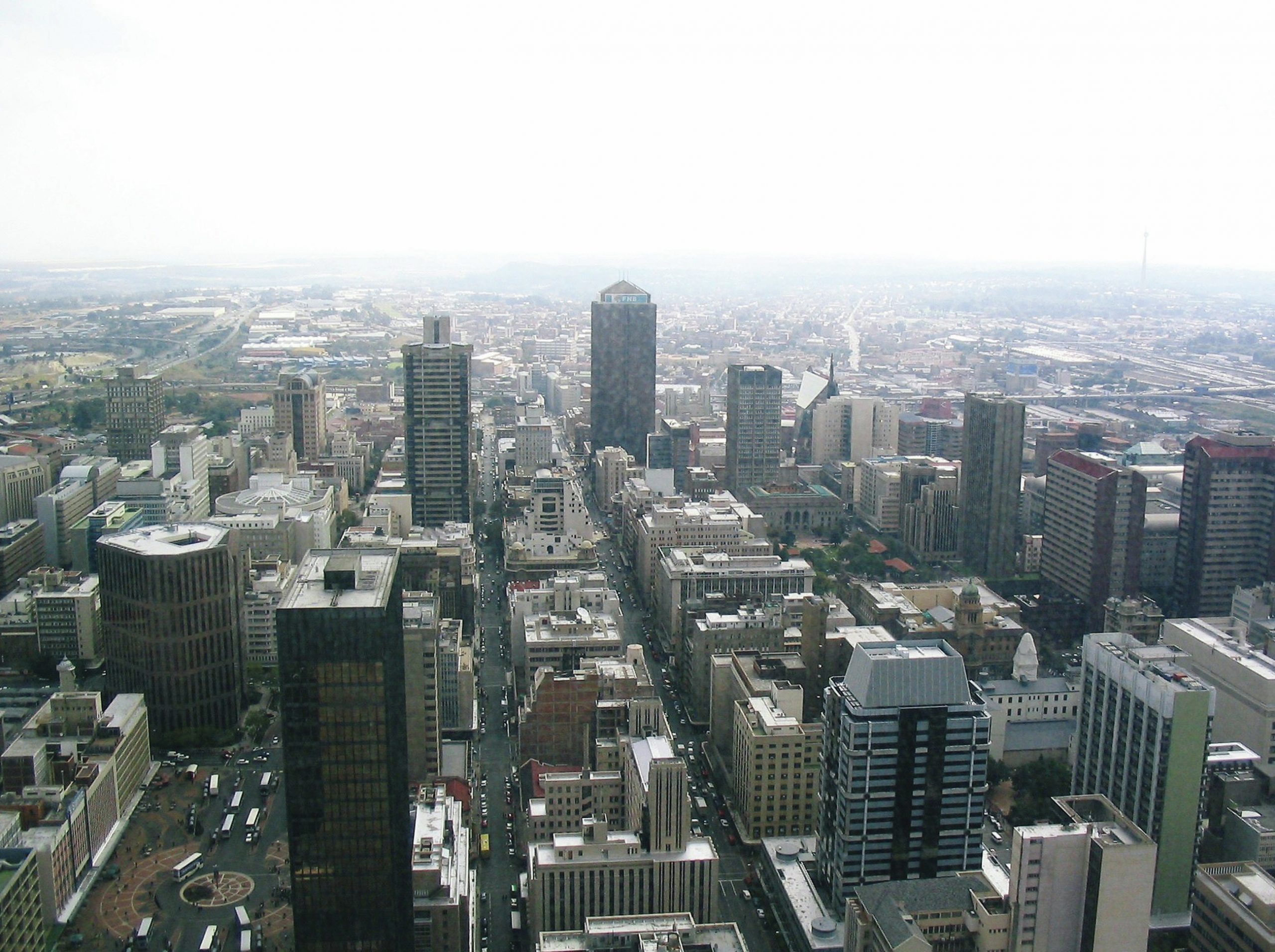
Johannesburg is one of the few major cities in the world that owes its origin directly to its natural resources. It was founded with the discovery of gold in 1886 and within 40 years had become the powerhouse of the South African economy. After gold mining it developed a manufacturing industry, and today tertiary and quaternary industries are the main employers. The city has sustained its economic dominance within South Africa by adopting new economic roles over time.
By 1945 Johannesburg’s mines were producing 96% of South Africa’s gold, which represented 40% of world output. Gold mining created thousands of jobs, generated enormous wealth for the city, and triggered rapid urbanisation. As the original mines in central Johannesburg were exhausted, new mines were developed further west. And as gold mining relocated away from the city, Johannesburg’s employment pattern began to change.
Your organisation does not have access to this article.
Sign up today to give your students the edge they need to achieve their best grades with subject expertise
Subscribe




